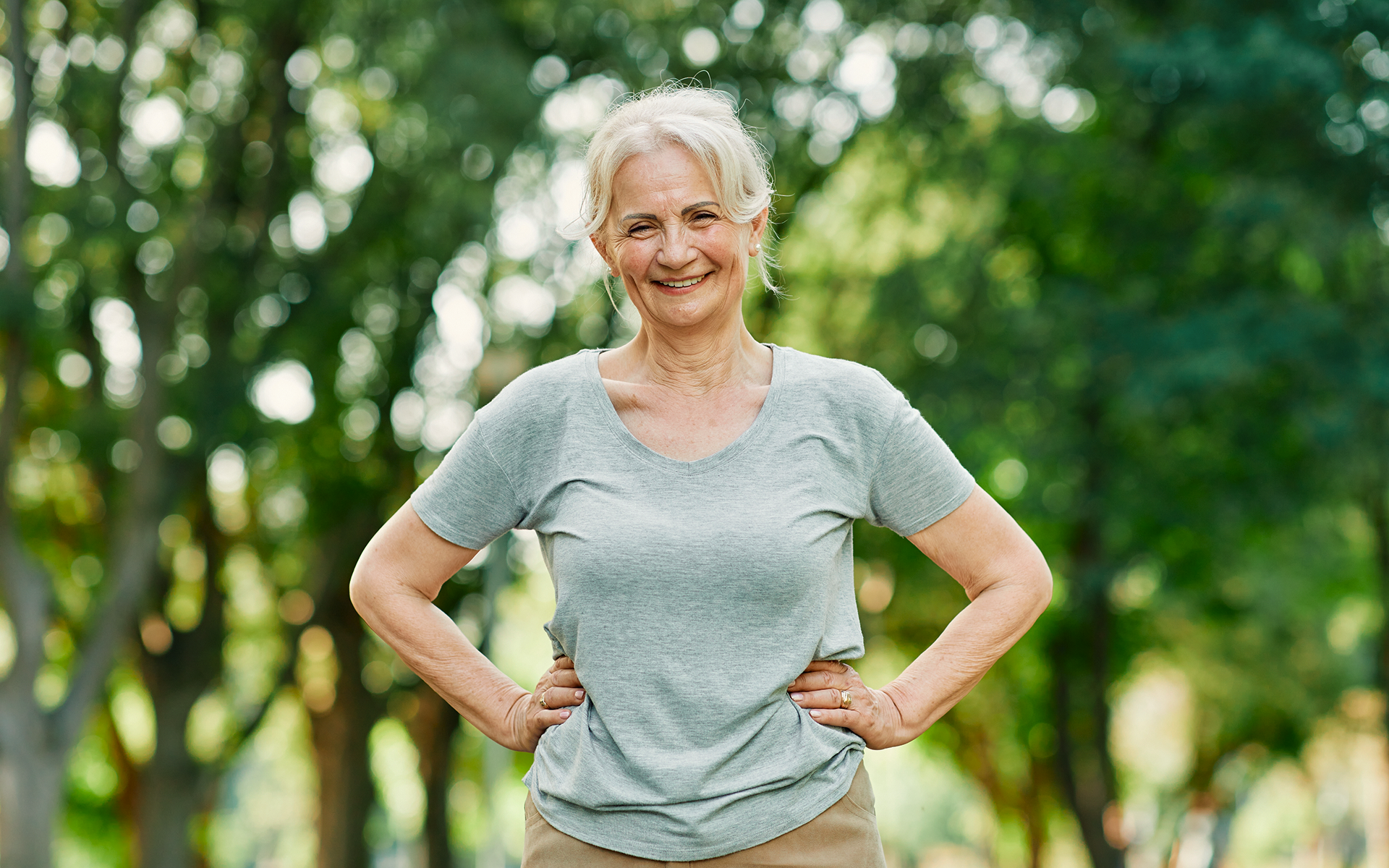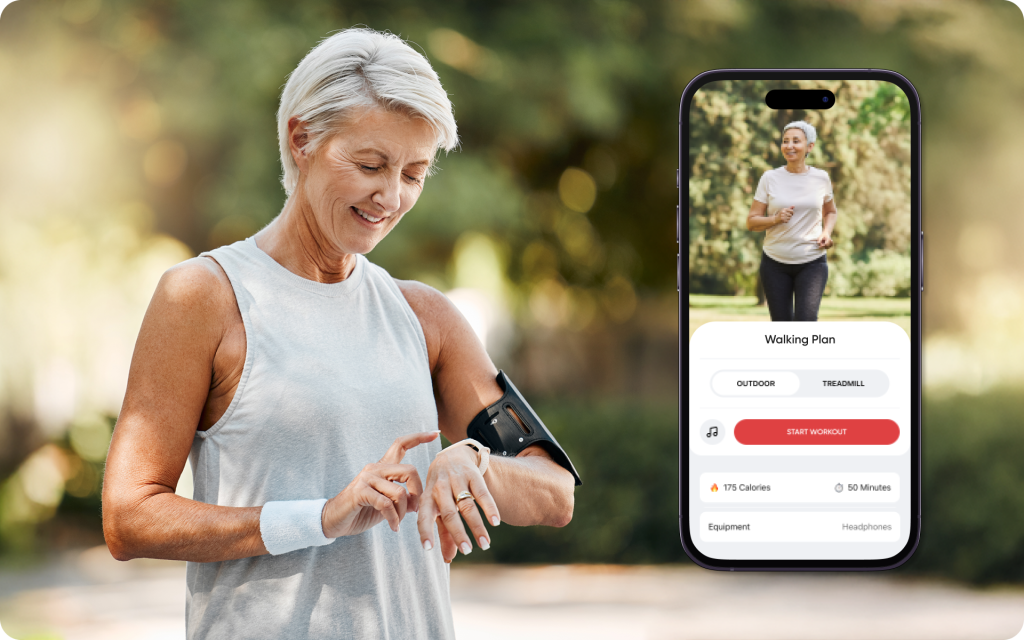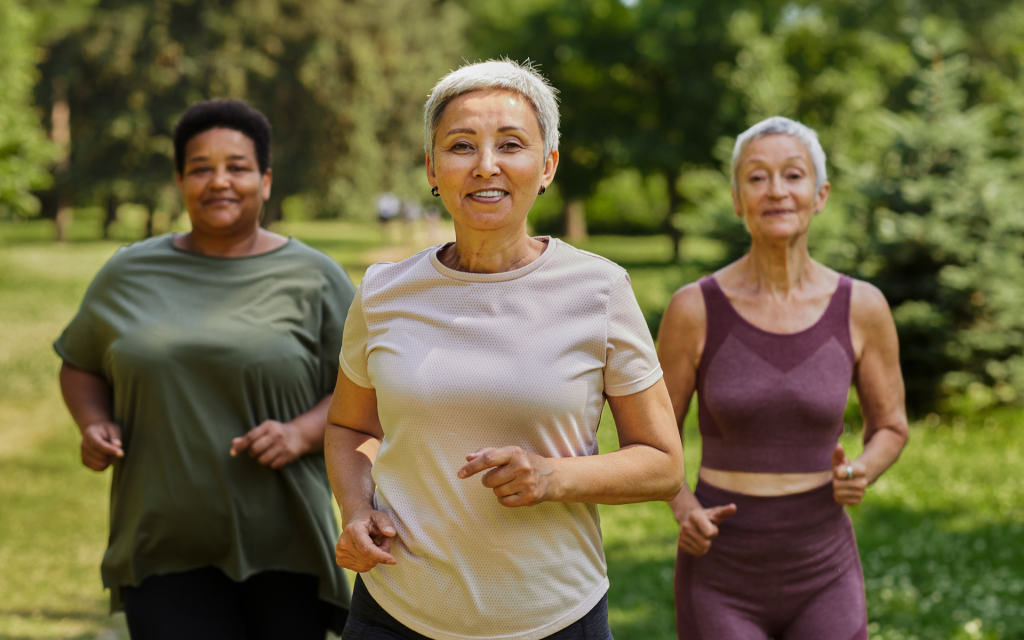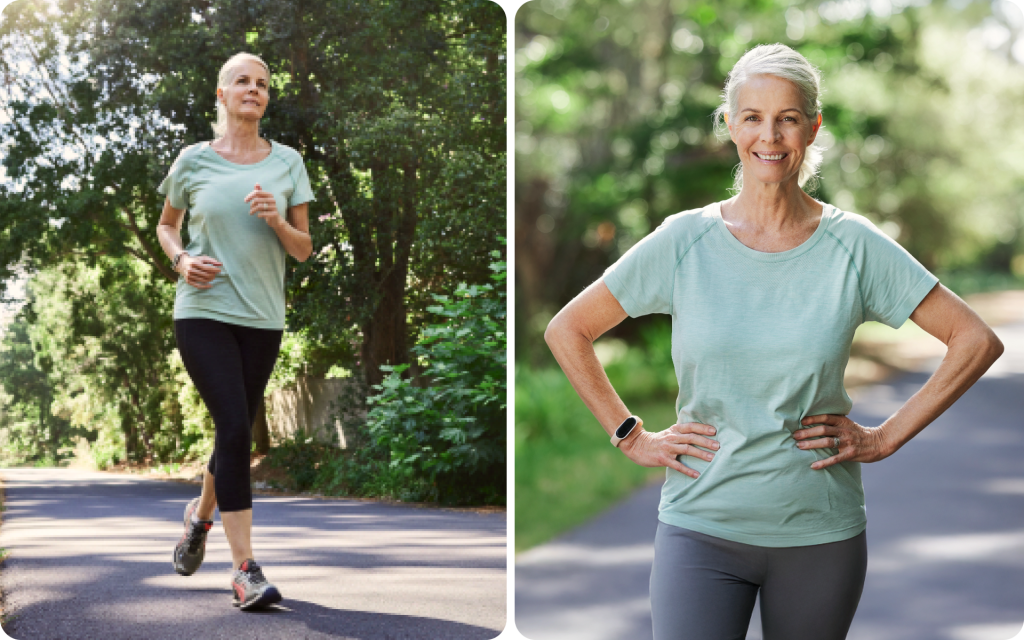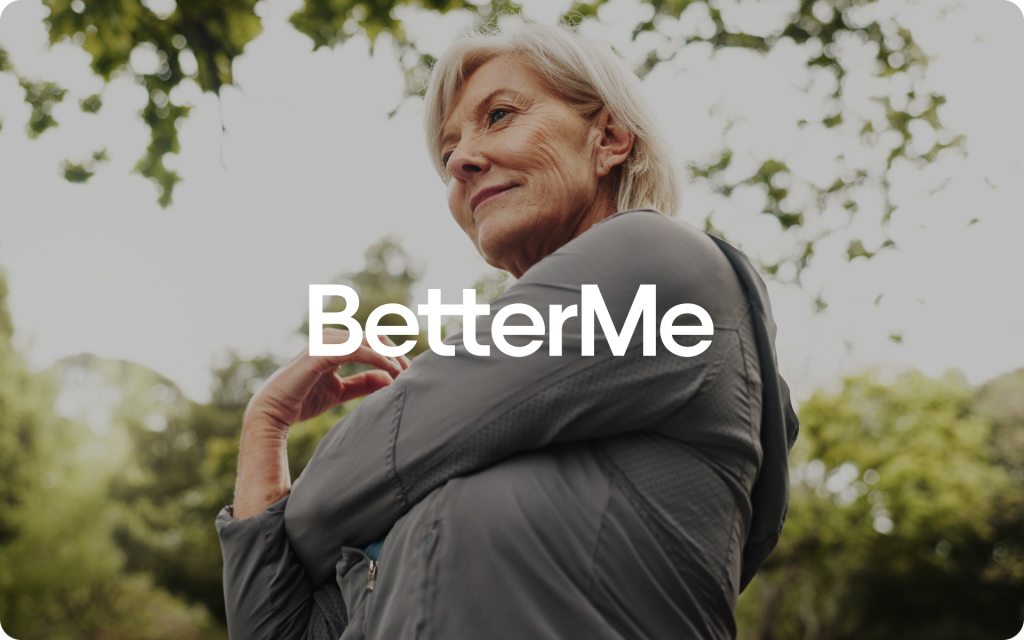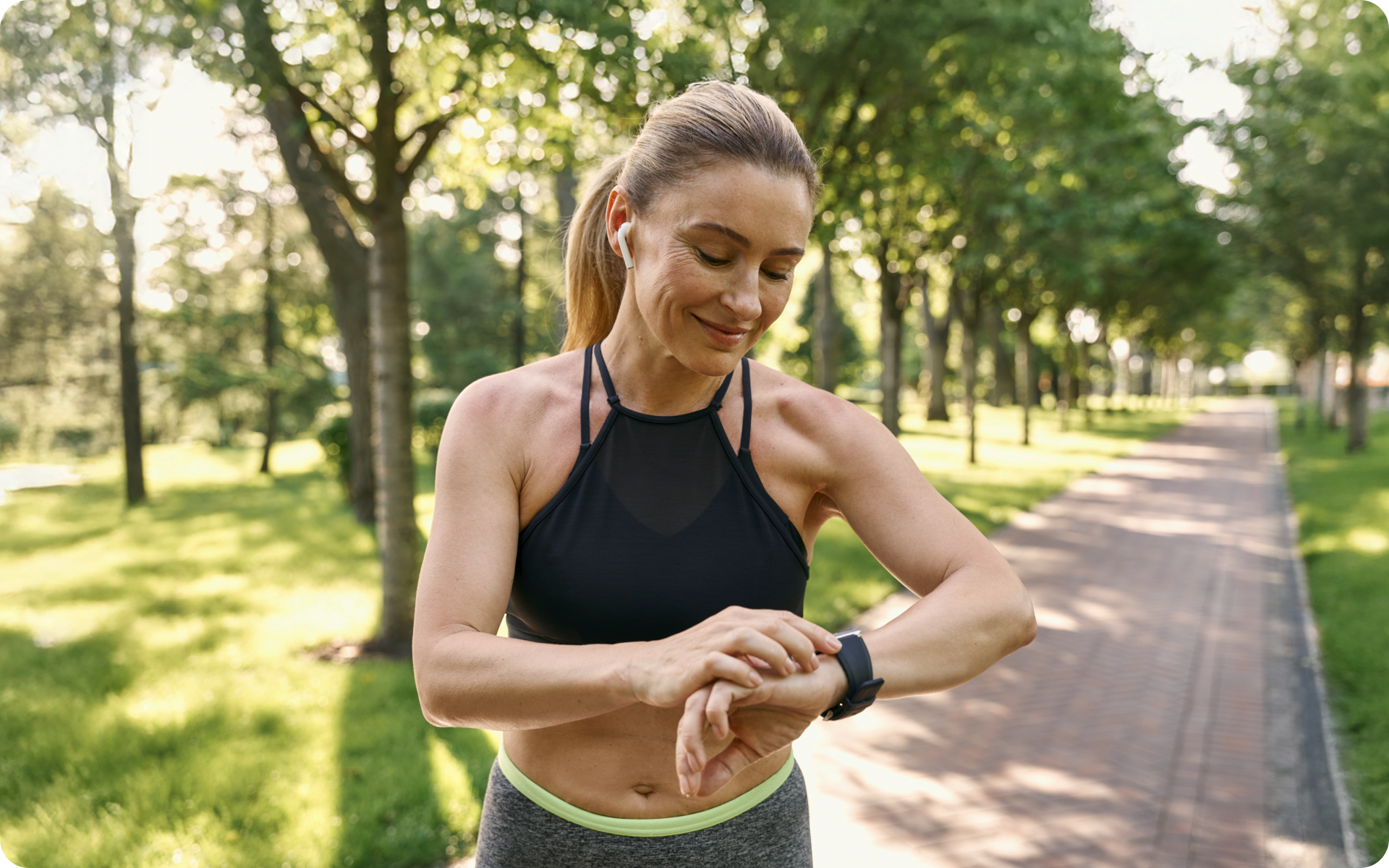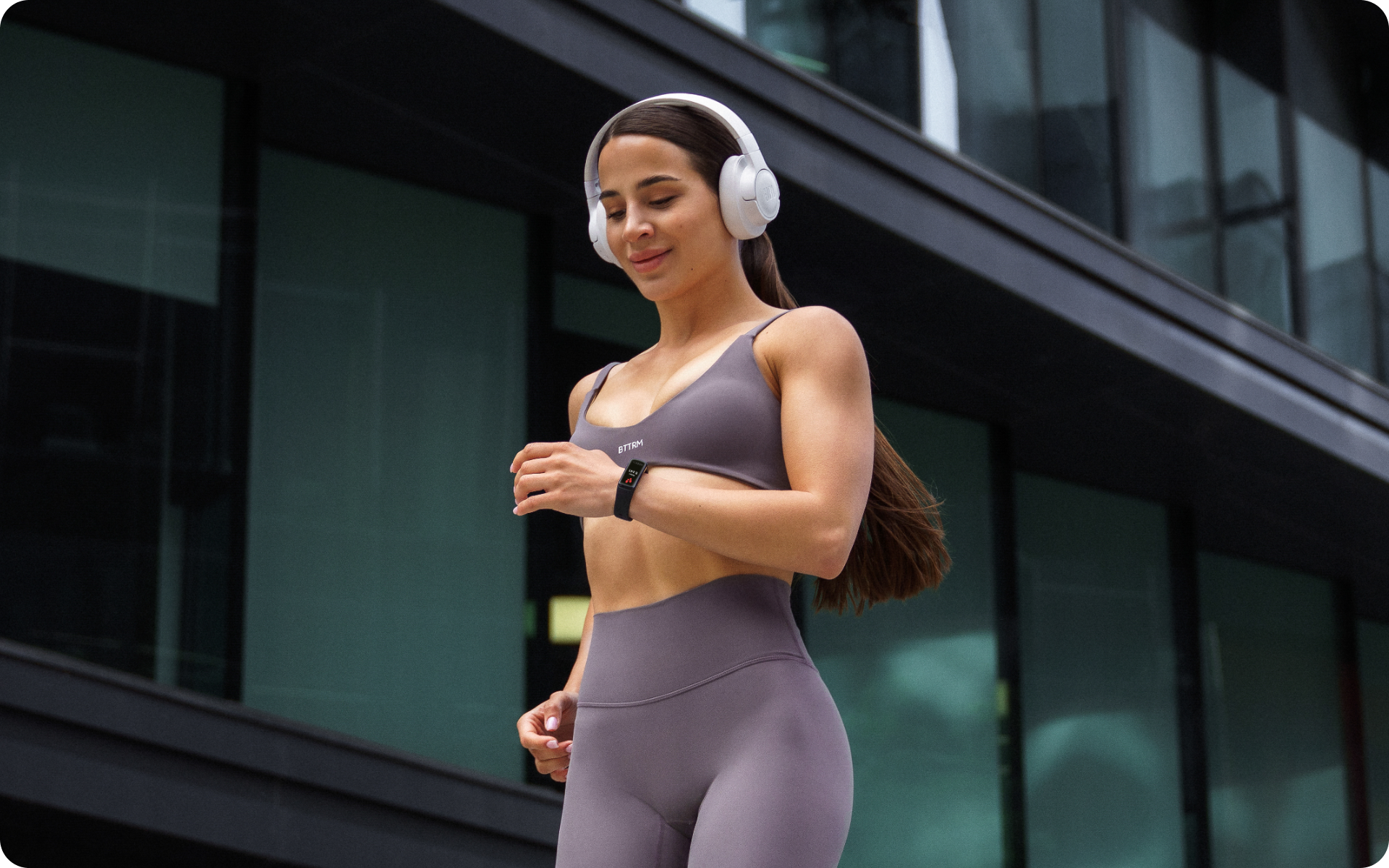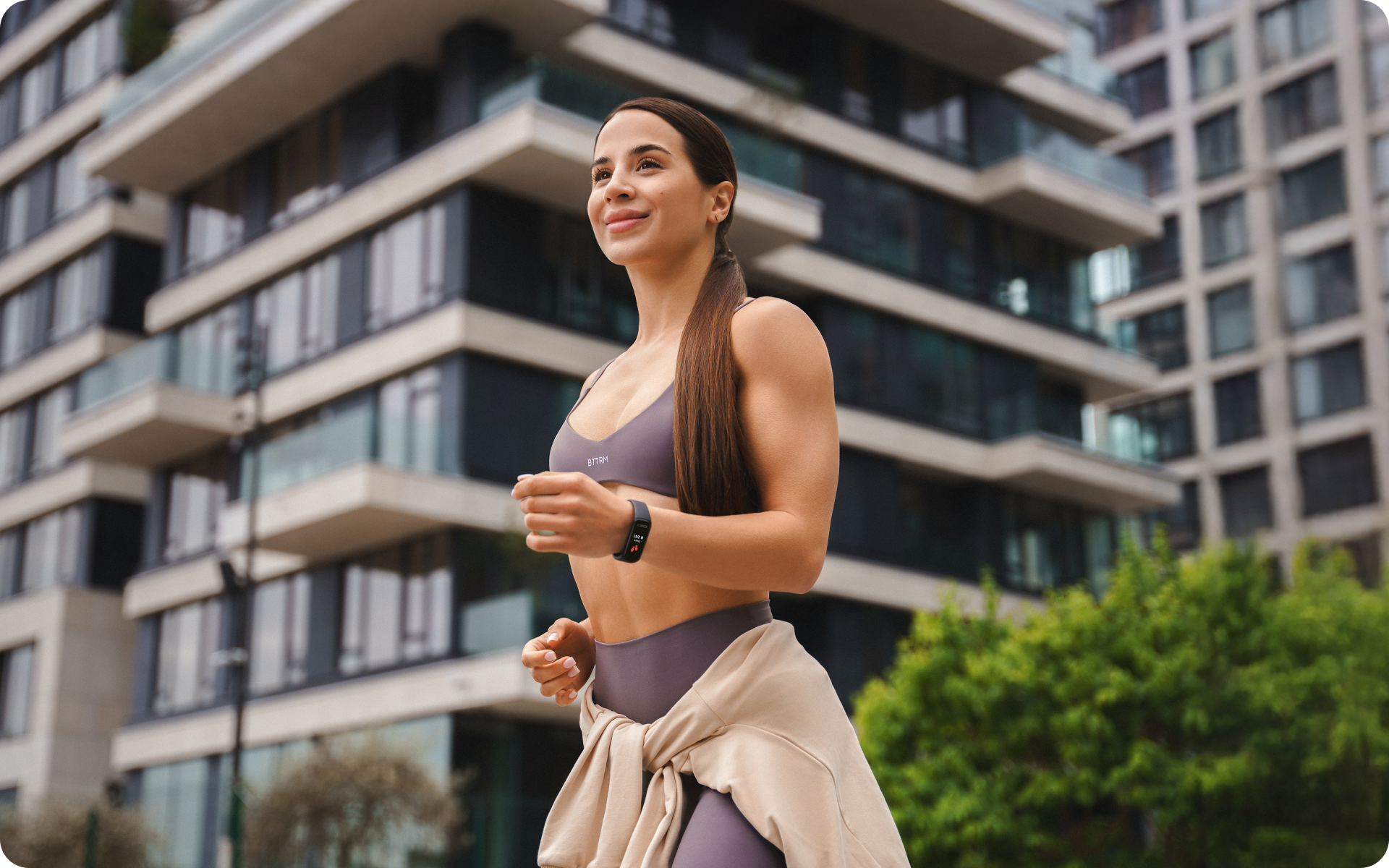We’re no longer living in times when the elderly prefer to stay inactive and rely on others. Today’s seniors are more aware, active, and vigilant about their health. They want to stay independent and healthy till the very end of their lives. This mindset shift is growing slowly, but it’s still a ray of hope.
A recent World Health Organization (WHO) report stated that the goal worldwide is to lower physical inactivity in adults and teens by 10% by 2025 and 15% by 2030, compared to levels in 2010 (1). This is because the lack of physical activity is a major risk factor for medical problems.
People who don’t get enough exercise are more likely to visit medical professionals than those who remain active. This is particularly applicable to the seniors. And perhaps this is the reason behind the growing trend of walking clubs for seniors. People beyond 80 years can benefit significantly from physical activity as it can slow the aging process, improve their mental health, and reduce the risk of chronic problems (2).
Older adults, particularly those over 80, and their caregivers often have questions about how much physical activity is appropriate for their age. As walking is a popular, low-impact exercise among seniors, many wonder how far an 80-year-old should walk each day to stay healthy and safe. This guide provides key insights and practical tips about walking routines for individuals in their 80s.
Is Walking Good for 80-Year-Olds?
Engaging in regular walking offers numerous health benefits for individuals over 80, contributing significantly to both their physical and mental well-being. Walking is a low-impact, accessible form of exercise that can enhance cardiovascular health, strengthen muscles, and improve balance, thereby reducing the risk of falls, which is a common concern among older adults. In addition, consistent walking routines have been associated with lower risks of chronic conditions such as heart disease, stroke, and type 2 diabetes.
In addition to being excellent for physical health, walking plays a crucial role in maintaining cognitive function and emotional well-being in seniors. Regular physical activity, including walking, has been linked to improved mental health, better sleep quality, and a decreased likelihood of cognitive decline and dementia. Furthermore, walking can serve as a social activity, helping alleviate feelings of loneliness and depression by encouraging interactions with others.
Importantly, even modest amounts of walking can yield significant benefits. Studies have shown that individuals aged 85 and older who walked for at least one hour per week had a lower risk of all-cause and cardiovascular mortality than their inactive peers. This finding suggests that incorporating regular walking into daily routines can enhance longevity and improve quality of life for those over 80.
In summary, walking is a highly beneficial activity for people over 80, offering a range of advantages from physical health improvements to enhanced cognitive and emotional well-being. Incorporating regular walks into daily routines can significantly contribute to healthy aging and a better quality of life.
Here’s a breakdown of some of these benefits:
- It Enhances Their Mood
Going for a walk is a simple fitness strategy. In fact, research has suggested that only 10 minutes of walking per day can lift your spirits (4). The impact is even more amplified if you stroll through a green landscape. Not only this, but walking with others – such as your partner, a neighbor, or a friend – can help you feel more connected and boost your happiness.
- It Helps Maintain a Healthy Weight
As you keep walking, you may find that your pants feel looser around your waist, even if your weight stays the same. When walking outdoors, choose a path with hills, switch between fast and slow walking, and try to improve your time on the same routes. Walking every day also helps boost metabolism by burning extra calories and maintaining muscle, which becomes even more important as you age (5).
- It Controls Blood Sugar Levels
Blood sugar levels peak 60 to 90 minutes after eating, so it’s best to walk during this time. This is particularly helpful for seniors with prediabetes or diabetes who want to keep their blood sugar stable.
A study on inactive people over 60 found that taking a 15-minute walk three times a day after meals helps control blood sugar better than walking for 45 minutes once a day (6).
Reasons why BetterMe is a safe bet: a wide range of calorie-blasting workouts, finger-licking recipes, 24/7 support, challenges that’ll keep you on your best game, and that just scratches the surface! Start using our app and watch the magic happen.
- It Slows Cognitive Decline
Walking can help seniors stay mentally sharp as they age. Research has shown that walking protects the brain and those who walk more experience less memory decline (7). One study found that active people had a 20% lower risk of cognitive decline than inactive ones. Another study suggested that walking for two to four hours a week can improve brain function in healthy seniors.
- It Can Improve Sleep Patterns
Regular exercise can improve sleep by boosting melatonin, the hormone that helps you rest. A 2019 study found that postmenopausal women who stayed active slept better than those who were inactive (8). Another study showed that daily walking improved both sleep quality and duration in healthy adults (9). Walking also helps reduce pain and stress, which can interfere with sleep.
Read more: Seniors Walking: Simple Exercise Routine for the Elderly
How Far Should a Healthy 80-Year-Old Be Able to Walk?
Determining an appropriate daily walking distance for an 80-year-old is dependent on various factors, including overall health, fitness level, mobility, and the presence of chronic conditions. While general guidelines suggest that older adults aim for 6,000 to 8,000 steps per day – approximately 3 to 4 total miles throughout the course of the day – it’s important to recognize that individual capabilities can vary widely. For some seniors, particularly those with limited mobility or health concerns, a lower step count may be more appropriate. Notably, even modest amounts of walking have been associated with significant health benefits. For example, walking as little as one hour per week has been linked to a reduced risk of mortality in adults aged 85 and older.
Before establishing a walking routine, it’s essential for seniors to consult their healthcare provider. A medical professional can assess individual health status and provide personalized recommendations, which will ensure that the exercise plan is safe and effective. Factors such as muscle strength, balance, joint health, and existing medical conditions play significant roles in determining a suitable walking regimen. In addition, incorporating strength and balance exercises can complement walking routines, enhancing overall mobility and reducing the risk of falls.
How Much Exercise Does an 80-Year-Old Need?
Regular physical activity is essential for maintaining health and well-being as you age. The American Heart Association recommends adults aim for at least 150 minutes per week of moderate-intensity aerobic activity or 75 minutes per week of vigorous aerobic activity, or a combination of both, spread throughout the week (12). They also recommend adults include at least 2 days per week of muscle-strengthening activities at a moderate to high intensity.
This can be achieved by activities such as brisk walking for 30 minutes a day, five days a week. For older adults who are able to participate in higher-intensity activities, 75 minutes of vigorous-intensity aerobic activity, such as jogging, biking (stationary or regular), and swimming, spread throughout the week can suffice. It’s important to note that aerobic activities should be performed in sessions of at least 10 minutes to maximize their benefits.
In addition to aerobic exercise, incorporating muscle-strengthening activities at least two days per week is essential. These exercises should target all major muscle groups, including the legs, hips, back, abdomen, chest, shoulders, and arms. Strength training helps preserve muscle mass, supports joint health, and enhances overall functional abilities.
Balance and flexibility exercises are also vital components of a well-rounded fitness regimen for seniors. Engaging in activities that improve balance, such as standing on one foot or practicing tai chi, can reduce the risk of falls. Flexibility exercises, such as stretching or yoga, help maintain the range of motion necessary for daily activities.
It’s important to tailor exercise routines to individual capabilities and health conditions. Consulting your doctor before starting a new exercise program ensures activities are safe and appropriate. Even modest amounts of physical activity can yield significant health benefits, so starting slowly and gradually increasing activity levels is a practical approach for those who have been inactive.
When it comes to weight loss, progress is made by inches, not miles, so it’s much harder to track and a lot easier to give up. The BetterMe: Health Coaching app is your personal trainer, nutritionist, and support system all in one. Start using our app to stay on track and hold yourself accountable!
What Is the Best Exercise for 80-Year-Olds?
There’s no universal “best exercise” for older adults. Incorporating physical activity and ensuring the incorporation of aerobic, strength, flexibility, and balance training can provide excellent benefits, but the specifics of how individuals approach that training can vary significantly, depending on what they enjoy and what they are physically capable of participating in. Some gentle activities an 80-year-old can do include:
- Try a new dance style
- Go for a hike on a trail
- Ride a bike, indoors or outdoors
- Practice active yoga, such as Vinyasa or power yoga
- Mow the lawn or rake leaves
Read more: Walking Exercises for Seniors
How to Lose Belly Fat at 80
Reducing body fat to healthy levels is essential for older adults to maintain overall health, mobility, and quality of life. Achieving this goal involves a balanced approach that combines regular physical activity with mindful dietary habits.
Understanding Healthy Body Fat Percentages
Healthy body fat percentages vary by age and sex. For men aged 80 and above, a body fat percentage of between 15% and 25% is considered healthy. Women in this age group are advised to aim for a body fat percentage of between 22% and 32%. These ranges account for the natural changes in body composition that occur with aging.
Engaging in consistent physical activity is essential for fat reduction and overall health. A combination of aerobic exercises and strength training is particularly effective:
Aerobic Exercise: Activities such as brisk walking, swimming, or cycling help burn calories and improve cardiovascular health. Older adults should aim for at least 150 minutes of moderate-intensity aerobic exercise per week.
Strength Training: Incorporating resistance exercises at least two days per week helps preserve muscle mass, which naturally declines with age. Maintaining muscle mass is vital, as it increases metabolic rate and supports daily functional activities.
Diet also plays a pivotal role in managing body fat. Older adults should focus on:
Portion Control: As metabolism slows with age, reducing portion sizes can help prevent excess calorie intake.
Nutrient-Dense Foods: Emphasizing fruits, vegetables, whole grains, lean proteins, and healthy fats ensures adequate nutrient intake without excessive calories.
Hydration: Drinking sufficient water helps with digestion and can prevent overeating, as thirst is sometimes mistaken for hunger.
Yes, you can build muscle at 80. Studies have shown that older adults can still gain strength and muscle using a well-structured training and recovery program, even if they start later in life (10). It’s never too late to start! Exercise in general has many “anti-aging” benefits. To maximize the benefits, it’s best to use a combination of aerobic exercise and resistance training, as both play vital roles in slowing the aging process. Aerobic activities such as walking, swimming, and cycling improve cardiovascular health, enhance lung capacity, and increase mitochondrial function, which helps combat cellular aging. Studies have shown that regular aerobic exercise can lengthen telomeres – the protective caps on chromosomes linked to longevity – thereby delaying age-related decline. Resistance training, including weight lifting and body weight exercises, is equally important as it helps preserve muscle mass, bone density, and metabolic health, all of which naturally decline with age. Strength training has been shown to reduce the risk of osteoporosis, improve balance to prevent falls, and enhance cognitive function. Combining both aerobic and strength exercises provides the best anti-aging benefits by maintaining mobility, strength, and overall vitality well into older adulthood. The most efficient way for older adults to gain muscle mass and strength is through a combination of progressive resistance training and adequate protein intake. Strength training workouts, such as weight lifting, resistance band exercises, and body weight movements (e.g. squats and push-ups), should be performed at least two to three times per week. Research has shown that using moderate to heavy resistance with 8–12 repetitions per set is most effective for muscle growth. In addition, focusing on compound exercises that engage multiple muscle groups – such as leg presses, rows, and chest presses – maximizes strength gains. Nutrition is equally important, particularly protein intake, which supports muscle repair and growth. Older adults should aim for at least 1.0-1.2 grams of protein per kilogram of body weight daily, sourced from lean meats, fish, eggs, dairy, and plant-based proteins. Consuming protein within 30-60 minutes post-exercise enhances muscle recovery. In addition, ensuring adequate vitamin D intake and sleep further supports muscle maintenance and overall strength. By combining resistance training with proper nutrition, older adults can effectively build and retain muscle, which improves mobility and reduces the risk of age-related muscle loss (sarcopenia). Older adults should consult their doctor before they make any changes to their diet or exercise, as multiple factors play into what is best (and safest) for each individual. Vitamin D helps prevent muscle loss as you age by improving calcium absorption, which is important for muscle function (11). Many older adults lack vitamin D, which can lead to muscle loss (sarcopenia).Frequently Asked Questions
Can I build muscle at age 80?
Which exercise is most anti-aging?
What is the quickest way for the elderly to regain muscle mass?
What vitamin stops age-related muscle loss?
The Bottom Line
Staying physically active is one of the most important ways older adults can maintain their health, independence, and overall quality of life. Regular exercise helps reduce the risk of chronic conditions, supports mobility, and enhances mental well-being. Among the various forms of exercise, walking stands out as one of the most accessible and effective ways for seniors to stay active. It requires no special equipment, can be done anywhere, and offers numerous health benefits, from improving cardiovascular health to reducing the risk of falls.
A structured walking program can be a simple yet powerful addition to a healthy lifestyle for older adults. While specific guidelines and considerations are needed for older adults based on the recommendations of their doctors, for generally healthy seniors, walking for just 30 minutes a day can enhance their heart health, strengthen muscles, support joint flexibility, and boost mood. In addition, it provides a safe, low-impact way to maintain physical activity well into the later years of life. Whether done alone, with a friend, or as part of a community group, walking fosters both physical and social well-being, promoting longevity and a higher quality of life. By incorporating regular walking into their routines, older adults can take a significant step toward aging actively and healthily.
DISCLAIMER:
This article is intended for general informational purposes only and does not serve to address individual circumstances. It is not a substitute for professional advice or help and should not be relied on for making any kind of decision-making. Any action taken as a direct or indirect result of the information in this article is entirely at your own risk and is your sole responsibility.
BetterMe, its content staff, and its medical advisors accept no responsibility for inaccuracies, errors, misstatements, inconsistencies, or omissions and specifically disclaim any liability, loss or risk, personal, professional or otherwise, which may be incurred as a consequence, directly or indirectly, of the use and/or application of any content.
You should always seek the advice of your physician or other qualified health provider with any questions you may have regarding a medical condition or your specific situation. Never disregard professional medical advice or delay seeking it because of BetterMe content. If you suspect or think you may have a medical emergency, call your doctor.
SOURCES:
- Physical activity (2024, who.int)
- Physical activity in older age: perspectives for healthy ageing and frailty (2016, pmc.ncbi.nlm.nih.gov)
- Octogenarians should walk 10 minutes a day to prolong life (2022, escardio.org)
- Experimental effects of brief, single bouts of walking and meditation on mood profile in young adults (2018, pmc.ncbi.nlm.nih.gov)
- How can strength training build healthier bodies as we age? (2022. nia.nih.gov)
- Three 15-min Bouts of Moderate Postmeal Walking Significantly Improves 24-h Glycemic Control in Older People at Risk for Impaired Glucose Tolerance (2013, diabetesjournals.org)
- UMD Study Finds Brain Connectivity, Memory Improves in Older Adults After Walking (2023, sph.umd.edu)
- Higher amounts of sedentary time are associated with short sleep duration and poor sleep quality in postmenopausal women (2019, academic.oup.com)
- The effect of daily walking exercise on sleep quality in healthy young adults (2020, link.springer.com)
- Increasing Muscle Mass in Elders through Diet and Exercise: A Literature Review of Recent RCTs (2023, pmc.ncbi.nlm.nih.gov)
- Vitamin D and muscle (2018, sciencedirect.com)
- American Heart Association Recommendations for Physical Activity in Adults and Kids | American Heart Association (2024, heart.org)
